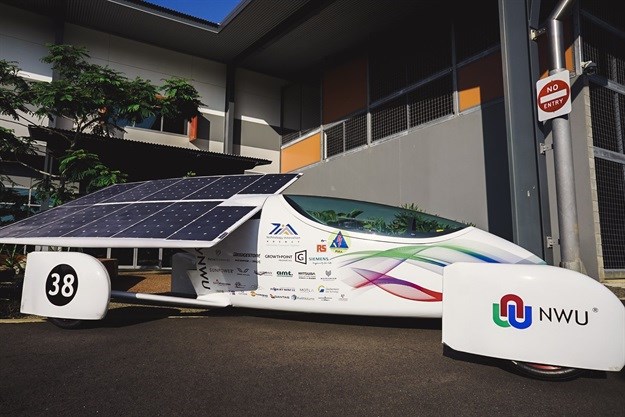#BizTrends2018: A recipe for innovation in a cash-strapped country
So, the big question is: how do you drive innovation in a country that is cash strapped?
Triple helix
When considering the economics on innovation, one of the answers put forward by Uzunidis et al. is a national or regional innovation system that links industry, government, and the science and education community together effectively. They call this the triple helix. Each strand of the triple helix has its role to play, and when these roles are delivered in symphony, they create innovation.
Businesses produce products and deliver services. The educational and research system develops new technologies and skills. Further, the government provides frameworks for finance, regulation and supports business and innovation. The combined effect is the development of commercially viable and sustainable products that create jobs and opportunities and contribute positively to the country’s socio-economic health.
There is an exciting opportunity in South Africa for business and tertiary educational and research institutions to work more closely together, with frameworks and incentives of government to help in driving innovation within South Africa.
Closing the gap
For real and sustainable innovation, we need to close the gap between universities, government and business, and there are already abundant and exciting opportunities to do this. For instance, Growthpoint recently sponsored the North West University’s Solar Car challenge team. But why would a property company invest in a university solar car team?

The synergies for this sponsorship are much stronger than they may first seem. With Growthpoint’s increasing use of renewable solar energy at many of its buildings, it stands to benefit from the university’s advances and research in solar power, battery and hydrogen fuel cell technology and the algorithms to manage these storage solutions.
Growthpoint has already installed photovoltaic solar panels with the capacity to generate over 8.1MWp (DC, excluding the V&A Waterfront) at sixteen of its office, retail and industrial properties (all below 1MWp AC).
The NWU Solar car project goals include performing interdisciplinary research and development that drives a sustainable future based on innovative new technologies. This is very appealing to us.
Creating relevant solutions
As another example, Growthpoint also founded the Greenovate Awards programme with the Green Building Council South Africa (GBCSA). The initiative sets university students of the built environment and engineering on a quest to find more sustainable ways of living. Eight universities are already taking part in the programme to apply their skills to creating relevant, innovative and commercial solutions.
South Africa should have a mindset of entrepreneurship and create products and systems that can address needs on a global level. Having this mindset would enable an increase in GDP growth and create sustainable jobs.
































